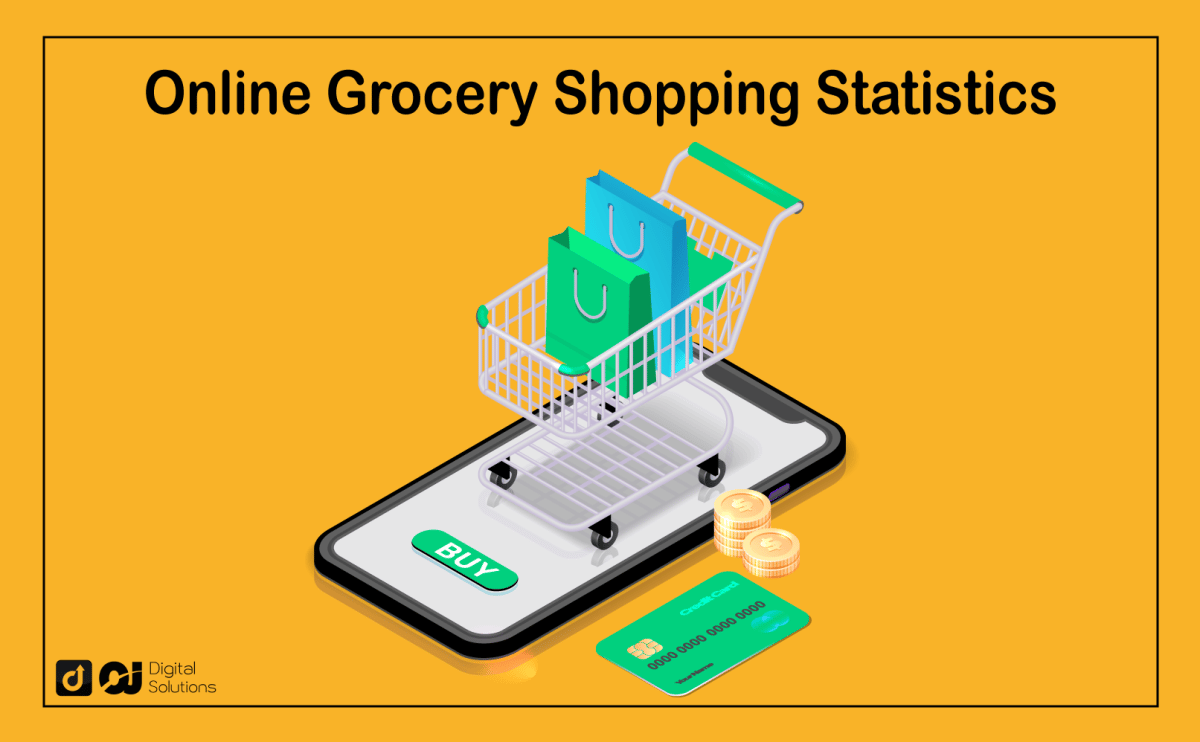Brick-and-mortar locations used to be the primary avenue for most grocery stores to sell their goods.
However, the COVID-19 pandemic resulted in a substantial increase in online grocery shopping.
Many businesses had to redesign their product lines and business models to meet rising customer demand. Online grocery shopping is convenient, and shoppers can now do their shopping online if they want to.
There’s a lot more to know about grocery shopping, though.
I’ve compiled this list of the most amazing online grocery shopping statistics and trends if you want more information.
Read on.
Online Grocery Shopping Statistics
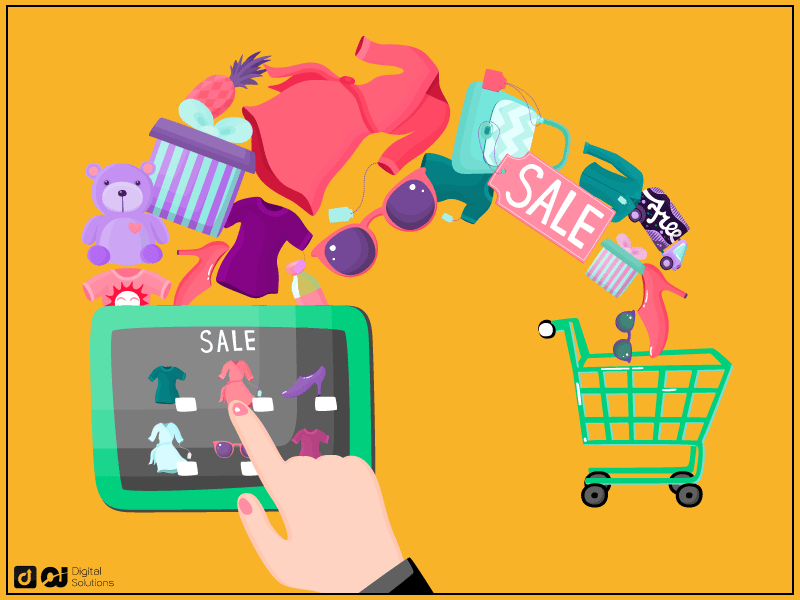
Online Shopping Convenience
In a recent survey, 46% of respondents said that their primary reason for shopping online was convenience. These customers don’t have to worry about looking for parking or getting stuck in traffic.
Individuals with disabilities can now shop online at a wide range of stores due to the widespread adoption of accessible technology. This technology includes text readers, speech recognition software, and magnifiers.
One benefit of shopping online is that you can shop for groceries without ever leaving your house and paying for an Uber or a taxi. Mothers caring for young children are also more inclined to shop online.
37% Say Online Shopping Prevents In-store Impulse Buys.
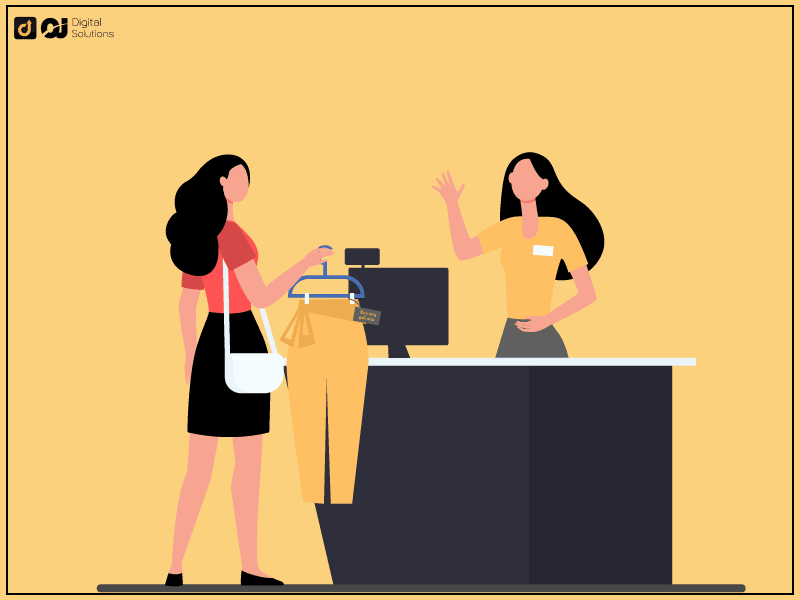
Companies strategically position items in a physical store to make it much easier for customers to see them on the way to checkout. This strategic positioning increases the likelihood of customers picking up and buying the items.
There is less of an opportunity for these impulsive purchases when buying online.
The Top 3 Most Ordered Items in 2022 When Online Grocery Shopping
Here are the three most ordered online grocery shopping items in 2022.
- Packed foods with long shelf lives (cereals, snacks, canned goods, etc.) – 70%
- Personal care products (shampoo, soap, and body wash) – 70%
- Detergents and cleaners – 66%
97% of Customers Shop Both Online and In-store
97% of customers who do online grocery shopping also do in-store shopping.
Customers who shop in physical stores are more likely to purchase fresh produce, dairy products, and meat than online customers because they want to inspect the products.
In-Store Shopping Preferences
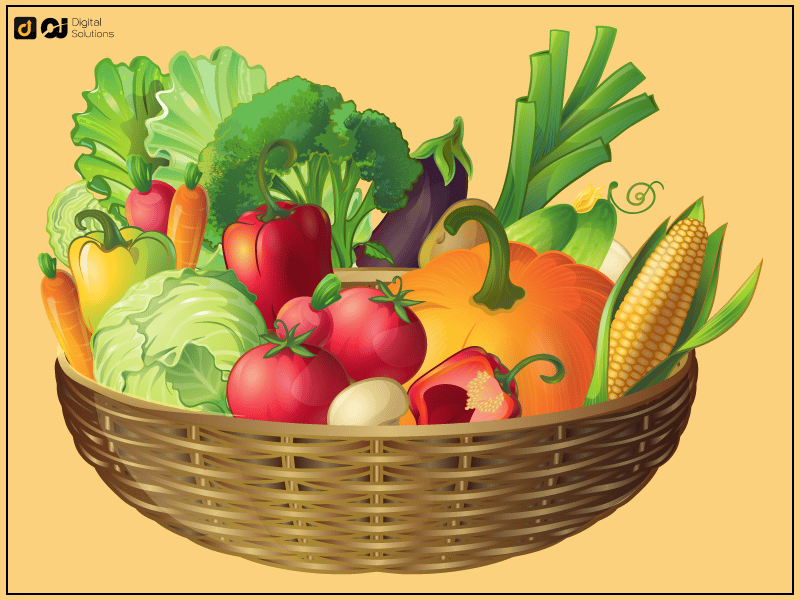
A survey asked customers why they prefer shopping in-store for particular types of food. Here are the top responses.
- 77% of respondents said they want to choose their vegetables because they taste better when fresh from the farm.
- 61% of consumers say they want to see and feel the quality of meat and seafood.
Mobile Online Grocery Sales Statistics
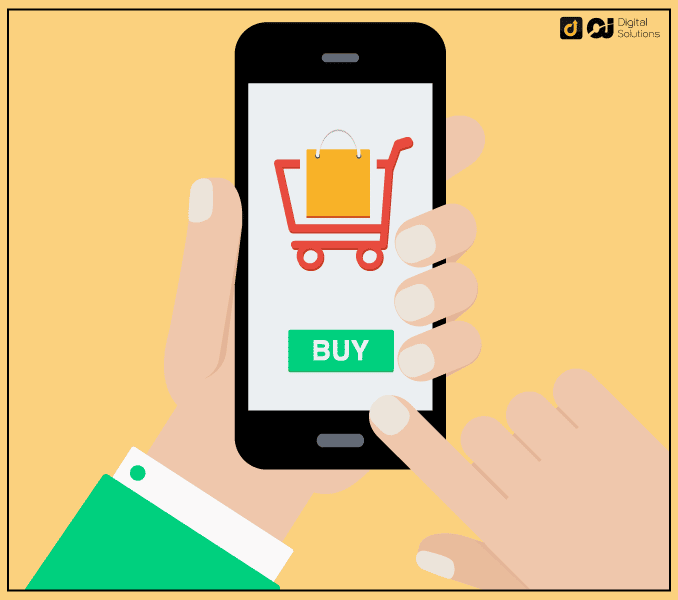
89% Of Consumers Say They Use Their Mobile Devices To Do Their Grocery Shopping Online.
According to Hubspot, 77% of Millennials use their phones to purchase.
The grocery industry has seen a considerable increase in mobile technology use. Consequently, grocery shopping apps have become more popular. Retailers now prioritize providing customers with mobile-first experiences.
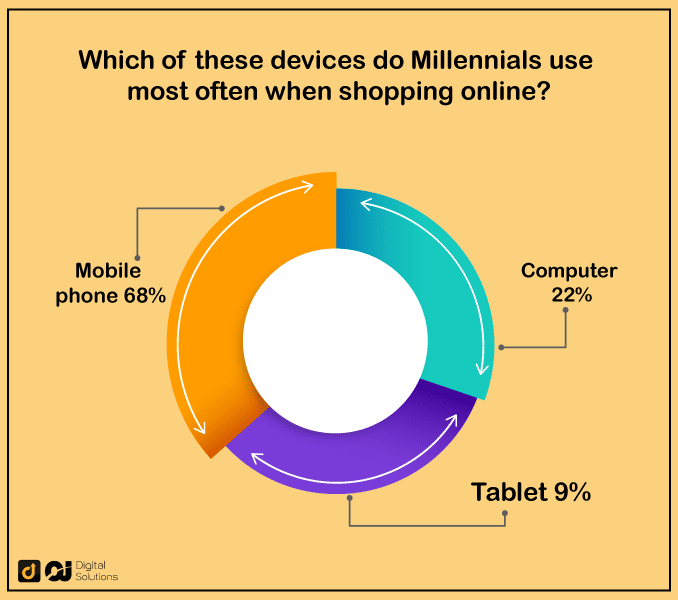
51% of millennials said they would switch brands if a competitor offered impeccable digital services. Retail businesses must stay on top of the latest technology trends to keep their customers.
Online Grocery Shopping Trends
Online Grocery Sales Statistics
Online grocery shopping is on the rise worldwide. In 2020, the US online grocery industry generated around $95.8 billion in revenue.
According to online grocery sales statistics, revenue will reach $187.7 billion by 2024.
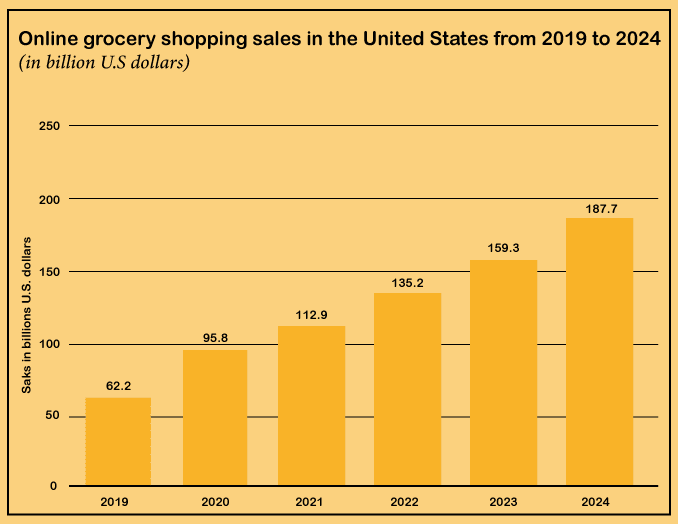
Walmart was the leading retailer in US digital grocery sales in 2021, with a market share of 27.2%. Amazon was the second largest retailer, with a 20.8% market share. Costco, Target, and Kroger are examples.
14 Percent of Target Shoppers Bought Online in 2020.
Only 14% of Target’s shoppers did online grocery shopping, lower than 2019’s figure of 15.7%.
Meanwhile, Walmart leads ecommerce grocery sales with a penetration rate of 30%. Regular grocery stores also saw a substantial increase in online grocery market share at 14% in 2020— up from 10% in 2019.
55% Increase In Online Grocery Shopping Across Europe
The online grocery shopping industry experienced unprecedented growth during the COVID-19 pandemic, driven by customers seeking safer shopping alternatives. Online grocery buying increased by nearly 55% across Europe.
UK grocery retailers’ online share increased from 7.6% in 2019 to 11.2% in 2020, resulting in a 67% increase in income.
The increase was due to customers’ need for convenience, especially among millennials, with 86 percent preferring convenience over price.
72% of Americans Now Buy More Online.
According to a US survey polling over 11,000 customers, 72% say they now buy more groceries online than before the pandemic.
57% Do More Grocery Shopping Online

Retailers regularly provide customers with digital coupons to encourage them to purchase items not typically on their shopping lists.
Customers are more willing to test new products and repurchase them if they enjoy them.
Online Grocery Shopping Saves Time and Lowers Impulse Buys
It takes less time to check out an online store than drive across town to a grocery outlet, making online grocery shopping more appealing than ever. Shopping online is favorable in a society where people are getting increasingly busier, according to 66% of respondents.
Grocery Shopping App Downloads Increased by Over 200%.
One hundred thirty-one million Americans report buying groceries online.
There has been a 200% increase in downloads of major grocery shopping apps, so the number of people who shop online will naturally rise too.
Grocery Store Market Size Has Grown
According to US grocery store statistics, the market size of retail stores in the country grew by an average of 2.6% per year between 2017 and 2022.
Many factors influence market size, such as the state of the economy, consumers’ disposable incomes, buying patterns, and demographics.
Grocery Delivery
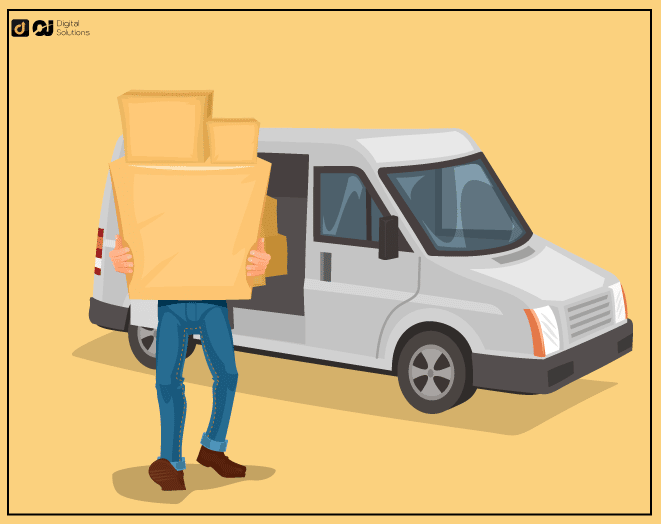
Nearly 150 Million Shoppers Prefer Online Grocery Delivery
It can be challenging to shop for groceries in-store when you have a busy home and work life. Grocery shopping isn’t enjoyable when competing for a parking spot and navigating busy aisles.
As such, it’s unsurprising that around 150 million shoppers rely on online grocery delivery services.
Many services now provide same-day delivery, which is helpful if you need groceries immediately. You can even shop in advance on some online grocery apps and select your preferred delivery date.
People want home delivery for non-edible packaged products but prefer to pick up food items in-store.
The in-store food order pickup rate saw a minor increase in 2021, even though home delivery remains the most popular method for fulfilling food orders.
Millennials and Gen Z are now crucial target audiences for online grocery stores due to their familiarity with modern technology. Sources suggest that 40% of Millennials and Gen Z subscribe to various online delivery services.
Grocery Shoppers Demographics
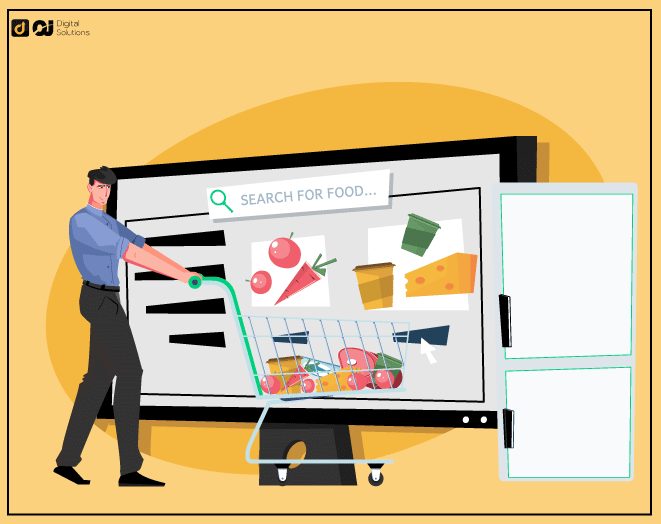
Most customers who do online grocery shopping are female.
75% of online shoppers are female.
Online Grocery Buyers are Generally Younger People

Grocery stores began offering online shopping in the early 2000s. Since then, the popularity of ordering groceries online has skyrocketed.
Online grocery shoppers tend to be younger people.
They also choose to reside in cities that provide convenient access to public transportation and ride-sharing services, such as Uber and Lyft. People living in rural areas are the least likely to buy groceries online.
Generation Z is the most likely to shop online in the United Kingdom. 35% of people in the United Kingdom aged 18 to 24 planned to buy groceries online. Meanwhile, 32% of Millennials planned to do the same.
The number of older people in the UK (people 65 and older) who shop for groceries online increased.
In March 2022, 12.6% of grocery sales in the United Kingdom were from online shopping.
69% Were Hesitant to Buy Groceries Online
Data Security
Consumers are concerned about data security when shopping online since they use debit or credit cards to pay. They were also worried that hackers might breach or steal their account information.
Freshness
Shoppers want to buy fresh meat, seafood, and produce. People who shop for groceries online often wonder if the product will be fresh once it arrives at their doorsteps.
Quality
Customers want to inspect the product’s quality, so they prefer to shop for groceries in-store.
Brick-and-Mortar Stores
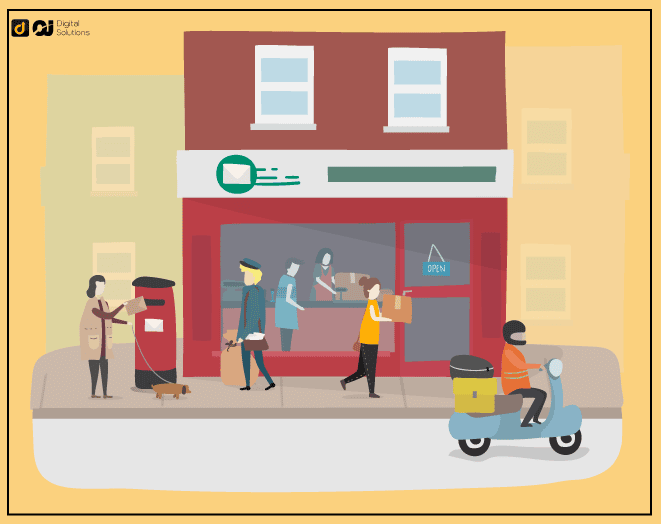
Events, Demos, and Pop-ups Can Raise Sales by 40%.
A business needs to implement strategies to keep shoppers in the store longer. Unique events and pop-up shops are great ways to get people to visit a store. These strategies are ideal for brick-and-mortar stores since online shopping can’t match them.
Over 60% of Offline Grocery Shoppers Are Considering New Brands.
People who shop in-store are more inclined to seek out new brands than online shoppers. Customers are more willing to try new products if there’s a lively shop atmosphere. They are more susceptible to being swayed by designs and packaging.
Many brands know this, so they formulate various offline promotional strategies.
Establishment of Micro-Fulfilment Centers
Retailers offering minimal online grocery shopping have seen a steady decrease in grocery store sales in recent years. This decline is related to the increasing number of available options for shoppers.
These retailers should consider investing in micro-fulfillment centers within or near their storefronts.
Customers can make purchases online for items in various departments within the shop. When the items are ready, customers can pick up their orders at the micro-fulfillment center.
The Bottom Line
Based on the multiple online grocery shopping statistics I discussed in this article, online shopping is undoubtedly here to stay.
People now prefer to shop online rather than in-store. If you want to start a business or are already running one, you must offer online shopping options to your customers.

